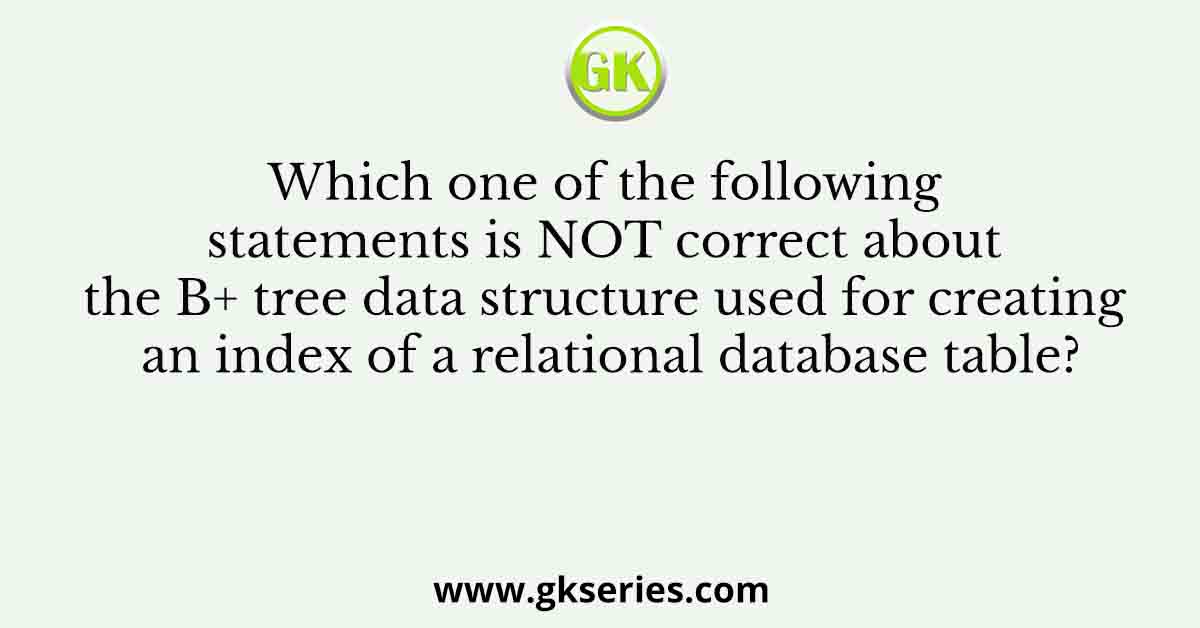Which Of The Following Statements Is True Of A Database
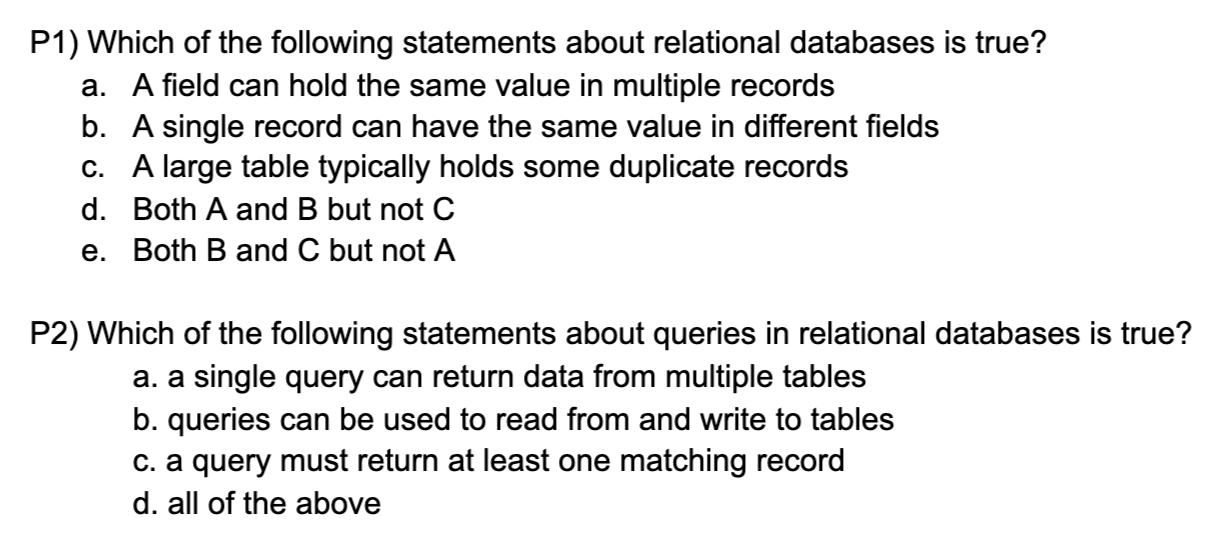
In today's data-driven world, understanding the fundamental truths about databases is no longer confined to IT professionals. The ability to discern fact from fiction regarding data storage, management, and accessibility is crucial for informed decision-making across various sectors, from business to government and even personal use.
This article dissects the core characteristics of a database, clarifying misconceptions and highlighting key attributes. We will examine statements often made about databases, scrutinizing them against industry standards and expert opinions to reveal the definitive truths. By exploring concepts such as data integrity, scalability, and security, this analysis aims to equip readers with a robust understanding of what truly defines a database.
Defining the Core Characteristics of a Database
What *is* a database? At its heart, a database is an organized collection of structured information, or data, typically stored electronically in a computer system.
Databases are designed to be easily accessed, managed, and updated. The primary purpose of a database is to efficiently store and retrieve related information.
Key Statement Analysis: 'A database is simply a collection of files.' This statement is misleading. While a database might be physically stored as a collection of files, it's the structure, organization, and relationships within those files that make it a database.
A simple file system lacks the crucial features of a database, such as data integrity constraints and query languages. Databases use a database management system (DBMS) to manage the database.
Statement: 'All databases are relational.' This is unequivocally false. While relational databases (RDBMS) like MySQL and PostgreSQL are prevalent, other types exist, including NoSQL databases.
NoSQL databases are designed for handling unstructured or semi-structured data. Examples of NoSQL databases include document databases (MongoDB), key-value stores (Redis), and graph databases (Neo4j).
Data Integrity and Consistency
A true statement about a database is its emphasis on data integrity. Data integrity refers to the accuracy, completeness, and consistency of data.
A robust DBMS provides mechanisms to enforce data integrity through constraints, such as primary keys, foreign keys, and data validation rules. These constraints ensure that data conforms to defined standards.
Statement: 'Once data is entered into a database, it cannot be changed.' This is patently untrue. Databases are designed for dynamic data management, meaning data can be updated, modified, and deleted.
The crucial aspect is that these changes are controlled and tracked, maintaining a history of modifications. This audit trail is crucial for accountability and recovery purposes.
Scalability and Performance Considerations
Another defining characteristic of a database is its ability to scale. Scalability is the capability of a database to handle increasing amounts of data and user traffic without significant performance degradation.
Modern databases are often designed with scalability in mind, supporting horizontal and vertical scaling. Horizontal scaling involves adding more machines to the system, while vertical scaling involves upgrading the hardware of existing machines.
Statement: 'Databases are always slow and inefficient.' This is a harmful overgeneralization. Well-designed databases, properly indexed and optimized, can offer extremely fast performance.
Choosing the right type of database for a specific workload is crucial for performance. RDBMS are suited for structured data and complex queries, while NoSQL databases are often better for handling large volumes of unstructured data.
Security Imperatives
Security is paramount in any database environment. Protecting data from unauthorized access, modification, and deletion is a critical responsibility.
Databases employ various security measures, including authentication, authorization, encryption, and auditing. Authentication verifies the identity of users, while authorization controls what users can access and do within the database.
Statement: 'Databases are inherently secure.' This is a dangerous assumption. Databases are *vulnerable* to a wide range of security threats, including SQL injection attacks, data breaches, and insider threats.
Proper security requires ongoing vigilance and proactive measures. Regular security audits, vulnerability assessments, and penetration testing are crucial for identifying and mitigating security risks.
The Future of Database Technology
Database technology continues to evolve rapidly. Cloud databases, in-memory databases, and AI-powered databases are becoming increasingly prevalent.
Cloud databases offer scalability, flexibility, and cost-effectiveness. In-memory databases provide extremely fast performance by storing data in memory rather than on disk.
Statement: 'Traditional databases are obsolete.' This is an exaggeration. Traditional databases are still essential for many applications, especially those requiring strong data consistency and transactional integrity.
However, the future of databases is likely to involve a hybrid approach, combining the strengths of different types of databases to meet diverse needs. The evolution of database technology is focused on improving performance, scalability, security, and ease of use.
Understanding the core characteristics and current trends in database technology is essential for navigating the complex data landscape. By dispelling common misconceptions and highlighting key attributes, we can make informed decisions about data management and utilization in an increasingly data-centric world.


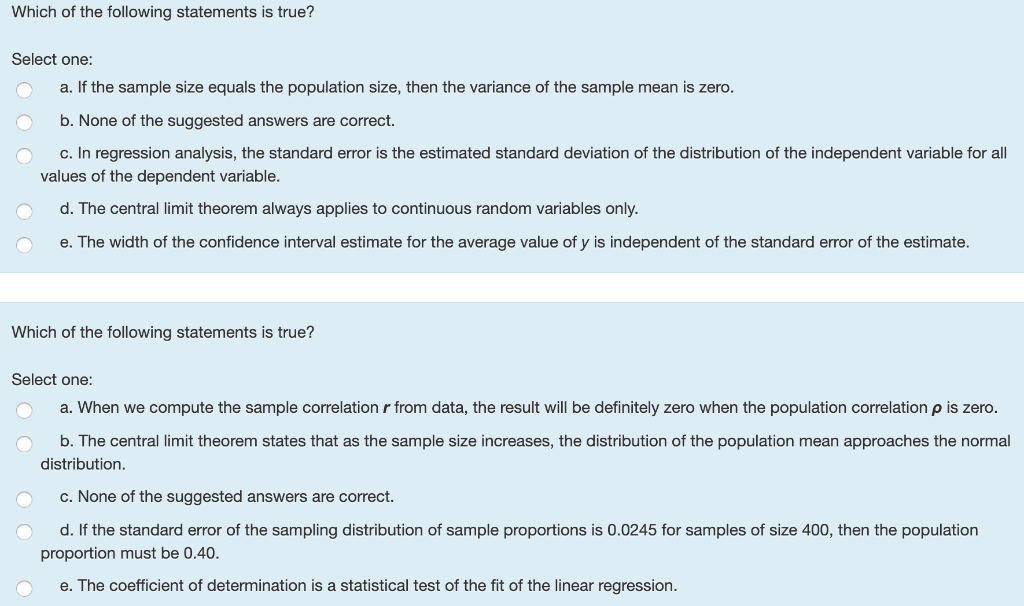

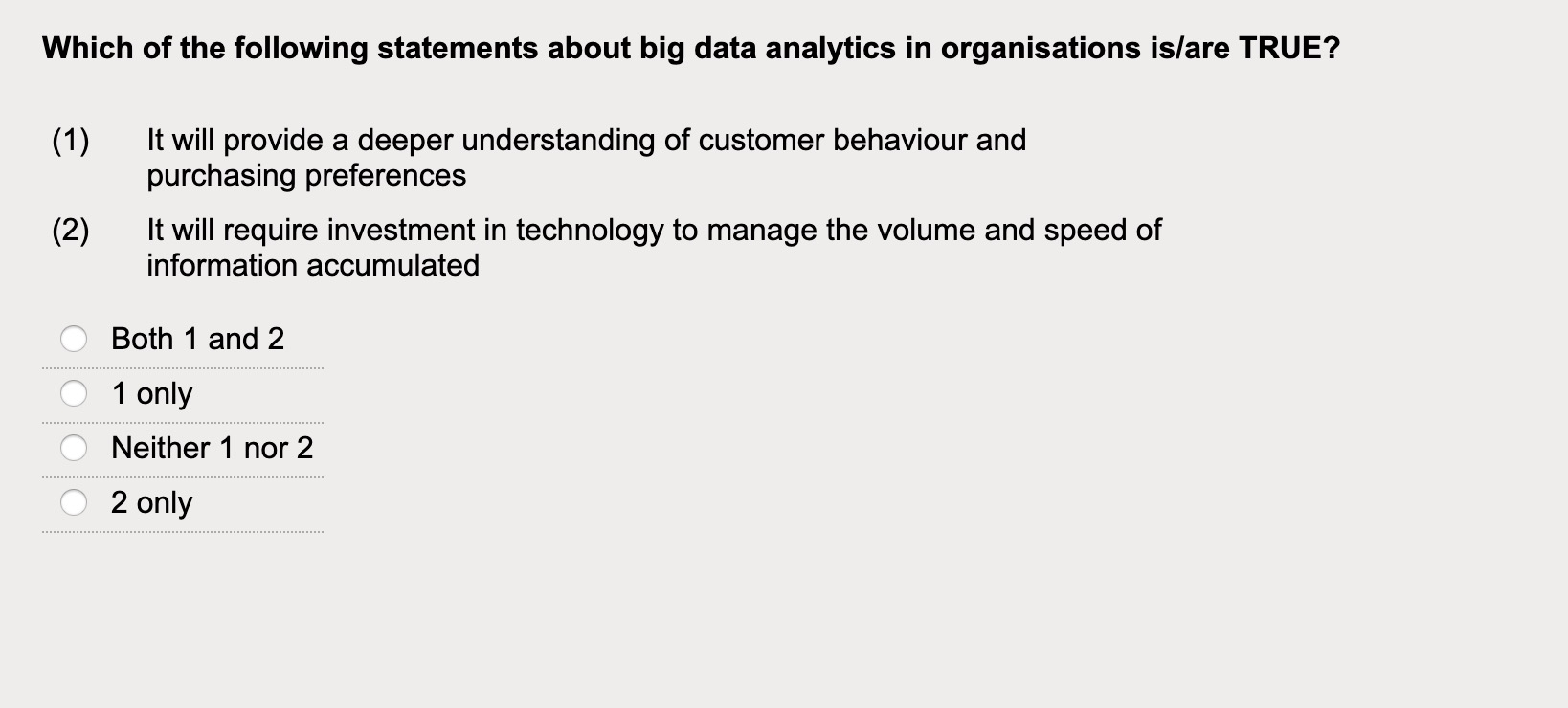
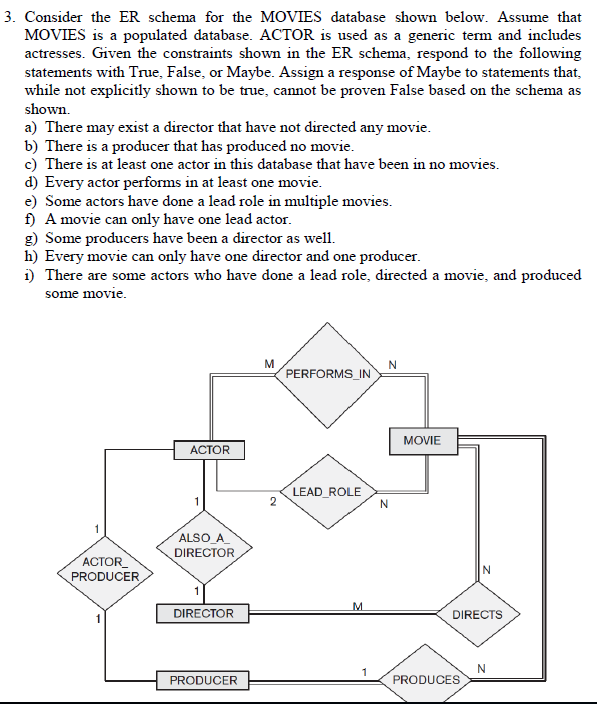


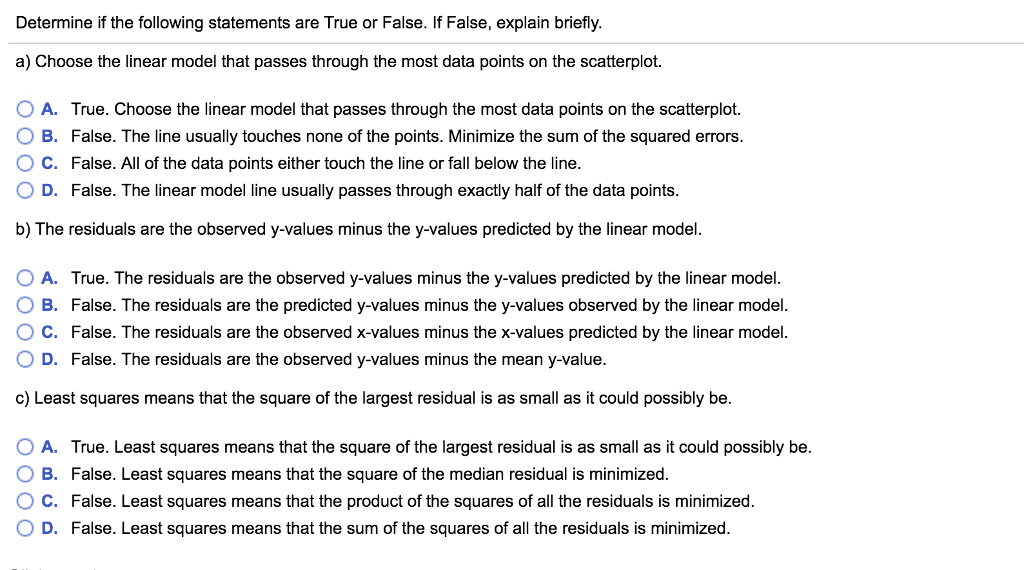
.jpg)
